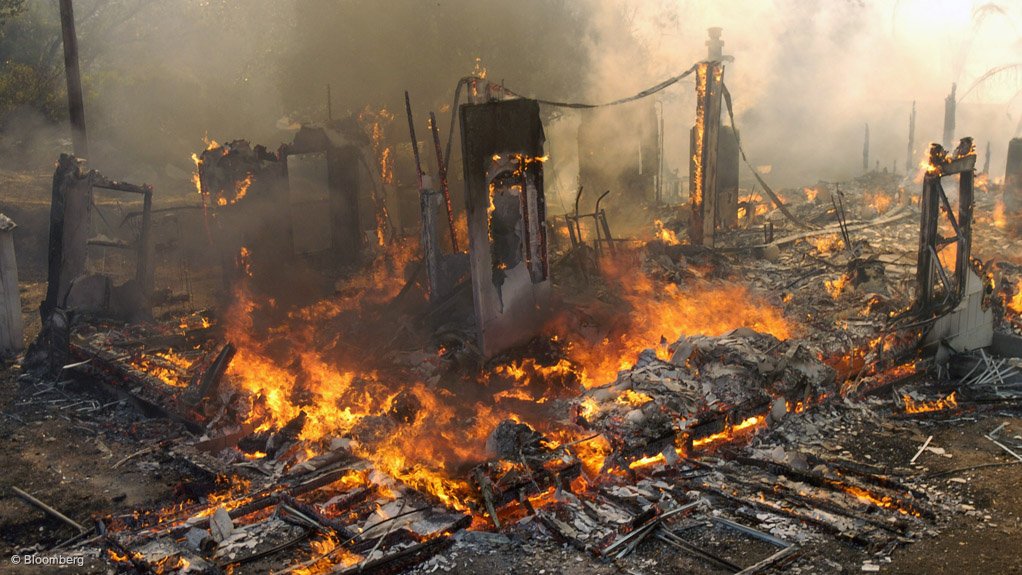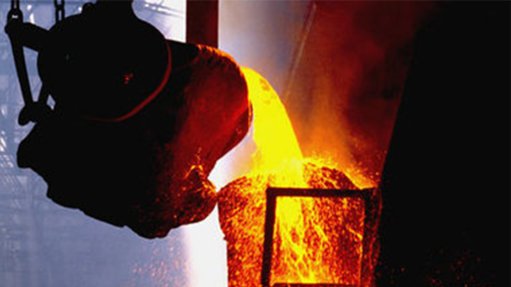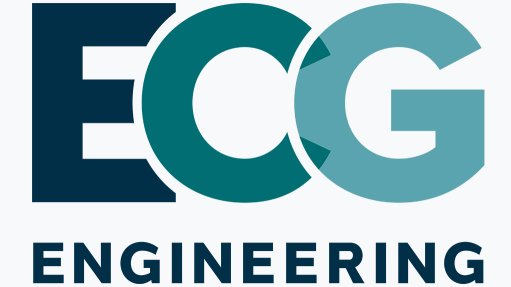Versatility still important as technology develops


FLAME The spread of a detonation can be stopped by preventing flames from spreading
Photo by Bloomberg
While innovation is taking centre stage amid rapid technological development, gas equipment supplier Energas Technologies says versatility remains high on the checklists of manufacturers and end-users.
The company has, therefore, supplied companies in South Africa with the Protectoseal Series 26000E and 36000E bi-directional unstable detonation arresters, which allow for versatile use in either detonations or deflagration explosions.
“The arresters are used to withstand deflagration and detonation in flame fronts by stopping detonations or deflagrations from spreading through gases into different rooms or areas where there is more flammable gas,” says Energas process engineer Lavenda Sekwadi.
Arresters use the transfer of heat from flame front to the arrester element to rapidly cool down a flame front within a detonation or deflagration, but when the operating temperature of the gas is higher than 60 ºC, the transfer of heat becomes difficult.
“The flame front approaching the arrester passes through the small passageways in an element where heat is extracted and the flame speed reduced. The temperature of the flame decreases to below the ignition point of the gas and the flame is extinguished,” he explains.
Deflagration occurs when the combustion process propagates outward through a gas at subsonic speeds and causes pressures of less than 0.5 bar. The arresters have a passageway that is designed to allow vapour or gas to pass through, but prevent the propagation of deflagration or detonation through the arrester.
Deflagration is a product of three factors that must be present simultaneously – fuel, oxygen and an ignition source. “At least one of these must not be present in the process system to be absolutely sure that deflagration will not happen. However, gas must be part of the process system – if one gets rid of the gas, then there will be no process at all,” Sekwadi explains.
Different vapours or gases require different designs, depending on the type of gas. Detonation arresters stop the outward movement of gas explosions that move outwards at speed equal to or higher than the speed of sound, at 343 m/s, and they are also capable of stopping deflagrations, as they are happening, moving below subsonic speeds.
Further, arresters are also used in tank farms, where flammable fuel is stored. These tanks contain mainly petrol as primary product and other flammable hydrocarbon liquids, with interconnecting piping, hence the use of detonation arresters. A deflagration or detonation that is not stopped can destroy an entire tank farm, which can cause severe injuries, fatalities, equipment damage and huge capital loss, the company explains.
The price of arresters depends on the material used to manufacture them, as well as the size and type of the arrester. The manufacturing material can be carbon steel or stainless steel, but stainless steel is almost twice as expensive as carbon steel.
Standard sizes range from 2" to 12", where larger sizes are manufactured on special request. Sekwadi highlights that detonation arresters are more expensive than deflagration arresters because of the increased pressures and faster speeds that need to be arrested during a detonation.
Sekwadi highlights that they should be used only in the conditions for which they have been tested and if an arrester is required to function at higher pressures than tested for at stock, then it should be tested at those pressures. The ISO 16852 sets the performance requirements, test methods and limits for use regarding flame arresters and the Protectoseal series are ISO 16852-certified.
It is possible to reduce the risk of detonations or deflagrations if sources of ignition, like lightning, are reduced, but it is impossible to eliminate all forms of ignition that can appear in gas tanks and tank farms, says Sekwadi.
Arresters are used at chemicals manufacturer Natref’s plant in Sasolburg, in the Free State; petrochemicals company Sasol’s plants in Secunda, Mpumalanga, and in Alrode, Gauteng; and the oil refineries located in Durban, KwaZulu-Natal, and Cape Town, in the Western Cape.
Article Enquiry
Email Article
Save Article
Feedback
To advertise email advertising@creamermedia.co.za or click here
Announcements
What's On
Subscribe to improve your user experience...
Option 1 (equivalent of R125 a month):
Receive a weekly copy of Creamer Media's Engineering News & Mining Weekly magazine
(print copy for those in South Africa and e-magazine for those outside of South Africa)
Receive daily email newsletters
Access to full search results
Access archive of magazine back copies
Access to Projects in Progress
Access to ONE Research Report of your choice in PDF format
Option 2 (equivalent of R375 a month):
All benefits from Option 1
PLUS
Access to Creamer Media's Research Channel Africa for ALL Research Reports, in PDF format, on various industrial and mining sectors
including Electricity; Water; Energy Transition; Hydrogen; Roads, Rail and Ports; Coal; Gold; Platinum; Battery Metals; etc.
Already a subscriber?
Forgotten your password?
Receive weekly copy of Creamer Media's Engineering News & Mining Weekly magazine (print copy for those in South Africa and e-magazine for those outside of South Africa)
➕
Recieve daily email newsletters
➕
Access to full search results
➕
Access archive of magazine back copies
➕
Access to Projects in Progress
➕
Access to ONE Research Report of your choice in PDF format
RESEARCH CHANNEL AFRICA
R4500 (equivalent of R375 a month)
SUBSCRIBEAll benefits from Option 1
➕
Access to Creamer Media's Research Channel Africa for ALL Research Reports on various industrial and mining sectors, in PDF format, including on:
Electricity
➕
Water
➕
Energy Transition
➕
Hydrogen
➕
Roads, Rail and Ports
➕
Coal
➕
Gold
➕
Platinum
➕
Battery Metals
➕
etc.
Receive all benefits from Option 1 or Option 2 delivered to numerous people at your company
➕
Multiple User names and Passwords for simultaneous log-ins
➕
Intranet integration access to all in your organisation



















